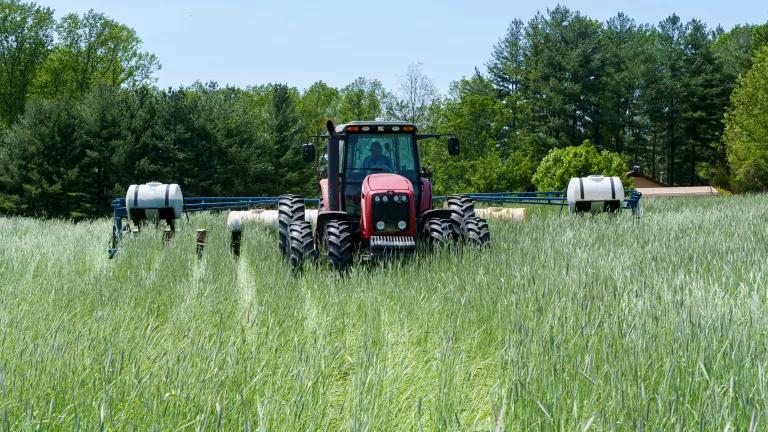Best By, Use By: New Bill Helps Clarify Date Label Confusion
Date labeling inconsistencies are one of the leading causes of food waste in the U.S. The power to standardize date labels lies with the federal government and a bi-partisan group of legislators has just introduced bills in the House and Senate to clarify date labels. Read our takeaways here.

Sell by, use by, best by—what do all these phrases mean and is it safe to eat food if the date has passed? These are questions many of us face every time we go to eat something. In reality, it’s rare that date labels have anything to do with food safety; instead, they are nearly always a manufacturer’s best guess as to when the food will be at peak quality. Today, 41 states require date labels on some products and the phrases used on the labels vary. These labeling inconsistencies are one of the leading causes of food waste in the U.S. The power to standardize date labels lies with the federal government, it is a solution to reducing food waste that will cost the government relatively little, and experts have repeatedly called on legislators to end confusion by standardizing and streamlining date labeling.
A bi-partisan group of legislators has answered that call. On December 7th, U.S. Representatives Chellie Pingree (D-Maine), Dan Newhouse (R-Washington), and U.S. Senator Richard Blumenthal (D-Connecticut) reintroduced the Food Date Labeling Act in the House and Senate. The intent of the bill is to end consumer confusion around food date labeling and boost the consumption and donation of safe, edible food.
Here are a few key takeaways from the bill:
- The new language clearly differentiates between quality and safety. The main point of confusion with date labels is that often food is still safe to consume after printed dates, even though the quality might be reduced (like stale crackers, for example). This bill clears up that confusion by creating two kinds of labels that manufacturers and food labelers can voluntarily use. The first is “best if used by” (or “best by”), a label indicating when the quality of the food may start to decline. The second is “use by,” a label indicating when the food is no longer safe to eat. The bill lets food labelers decide which foods should be labeled “best by” or “use by,” but we believe “use by” should be utilized specifically for perishable foods like meat or dairy.
While the labeling is voluntary, many industry groups, like the Grocery Manufacturers Association and Food Marketing Institute, have voiced their support for the "best by” and “use by” label system and some have already adopted it. The two types of labels will help consumers make informed decisions about whether it is still safe to eat the food or whether they should discard the food (ideally to compost). Of course, consumers should continue to combine this information with using their own senses to assess whether a food item looks or smells “funny” as part of assessing whether to eat it.
- This bill, if it becomes law, would allow for food donation past the best by date. Currently, there is no clear federal guidance about donating foods past the date on the label (although 20 states prohibit or restrict the sale or donation of food past the labeled date). This law would make it so that states can no longer regulate the donation of food past the “best by” date, making such donations universally permissible and making it clear that surplus food can be donated, provided it meets safety specifications.
- Consumer education will be critical in ensuring the success of new date labeling practices, and this bill requires it. If enacted, this law would require the USDA and FDA to work together to conduct consumer outreach and education about the new date labeling system. We need to clear up confusion around date labels once and for all and ensure everyone understands what “best by” and “use by” mean so that less perfectly good food gets tossed.
The 2021 Food Date Labeling Act is the kind of leadership we need from the federal government to meet our national 2030 goal to reduce food waste generation by 50% and reduce harmful greenhouse gas emissions that come from wasting food. You can read more about NRDC’s food waste federal policy goals in the Food Loss and Waste Action Plan.




